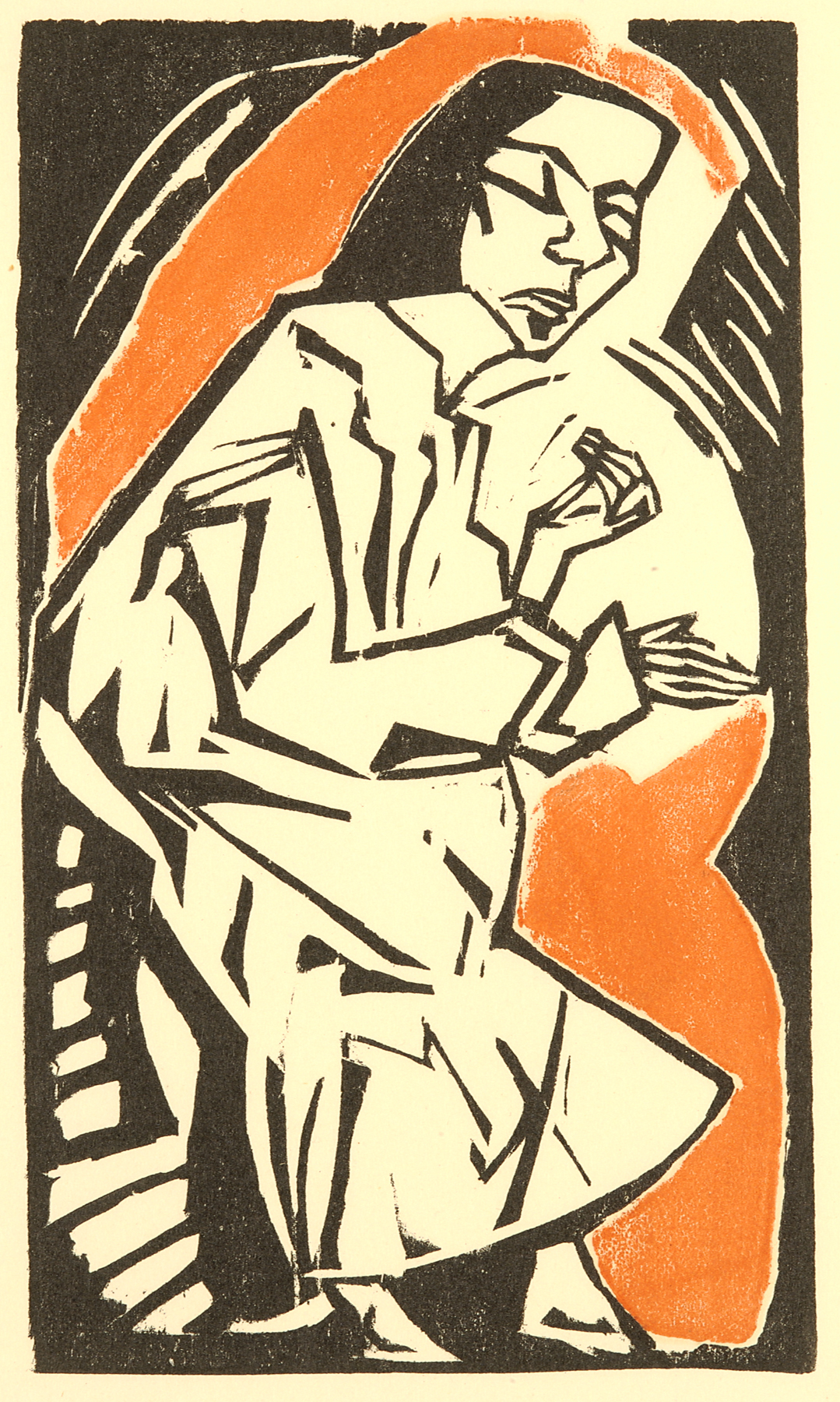Liegende (Reclining figure), Erich Heckel
Artwork Overview
Erich Heckel, artist
1883–1970
Liegende (Reclining figure),
1913
Where object was made: Germany
Material/technique: color woodcut; wove paper
Credit line: Museum purchase: Letha Churchill Walker Memorial Art Fund
Accession number: 1980.0046
Not on display
If you wish to reproduce this image, please submit an image request
